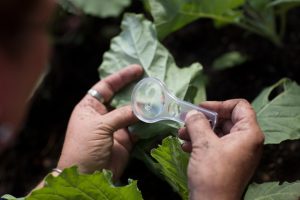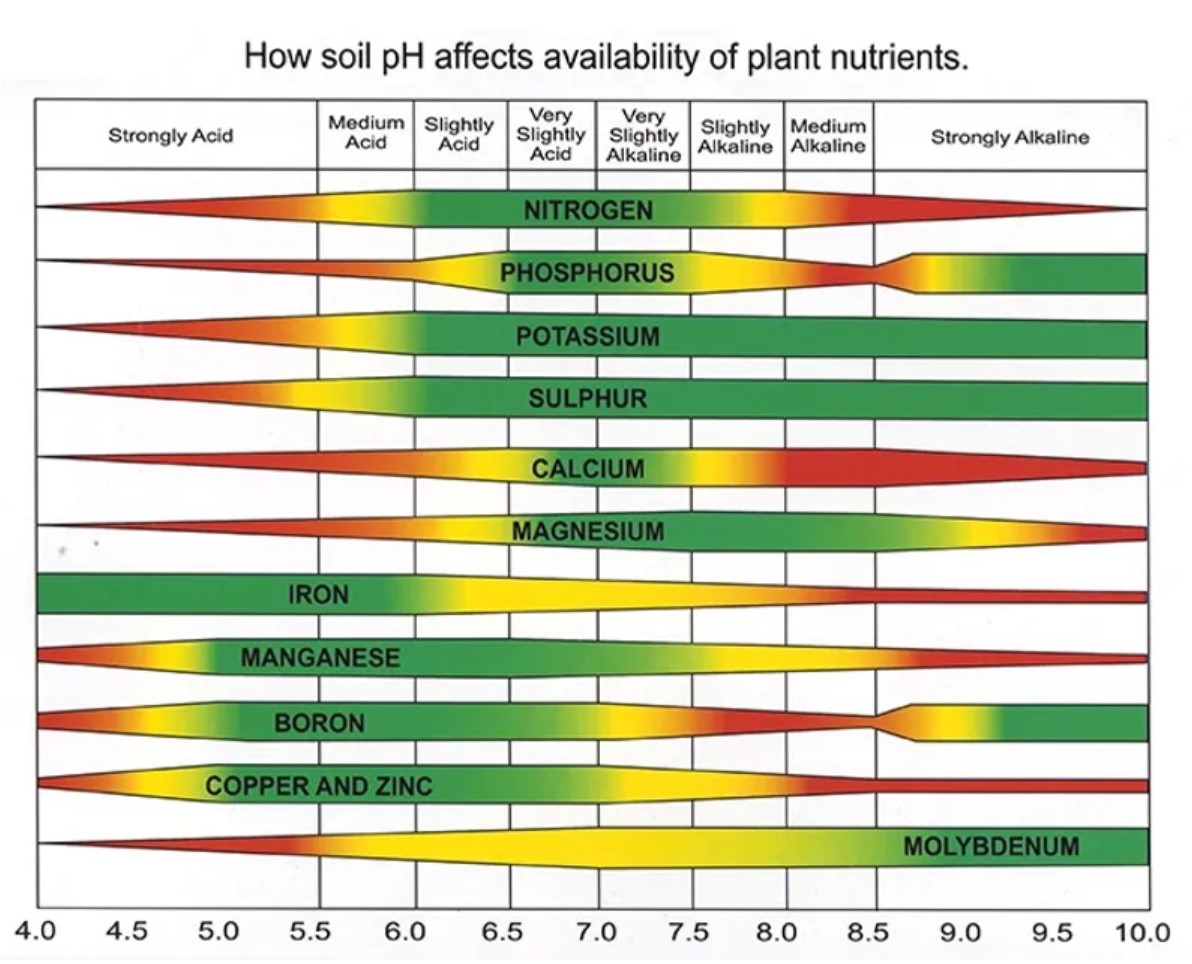How cool would it be if we humans could photosynthesize, or turn sunlight into food? Plants make their own food through a process called photosynthesis. Without getting too technical, plants take light energy (sunlight), carbon dioxide, and water and turn it into glucose (sugar) and oxygen. Without this chemical process, life as we know it would not exist. Plants are the foundations of our food web with us consuming plants and the animals that rely on plants for their survival. Oxygen is a byproduct of photosynthesis, which is required for us and other animals to breathe. We owe our very existence to plants.

Photosynthesis vs. Fertilizer
Besides the fact that plants are a crucial food source for life on Earth, they also function as sound/visual barriers, add aesthetic value to real estate, reduce pollution and scrub the environment, hold down the soil and prevent erosion, build and heat our homes, and are even used to develop medications. It behooves us to cater to plant light requirements and growing conditions. So before you grab the fertilizer and pesticides when you spot an unhappy plant, think to yourself – does my plant have the basics? Does it have the right amount of sunlight/shade or moisture requirements? Not all plant issues are caused by pest or disease; sometimes our lack of understanding and failure to meet the plants needs for survival leads to landscape failures.
- Read Gardening Successfully in Florida’s Summer Heat for a comprehensive review of successful gardening.
You may be thinking, well what about fertilizer? Fertilizer is important to plant growth, but it should not be mistaken for plant food. Remember, plants make their own food through photosynthesis. Simply put, fertilizer provides the nutrients – like nitrogen, phosphorus, potassium, etc. – required for plants to grow, develop, and reproduce. You are not ‘feeding’ the plant with fertilizer. In fact, over fertilization can lead to disease/pest issues, water pollution, and yes, landscape failure.
- Read more about photosynthesis here.

Master the Basics
Most importantly, there are different sources of nutrients that plants use that are only available at a certain pH, or the measurement of acidity in the soil. Without the proper pH, some of these essential nutrients are in a chemical form that makes them ‘unavailable’ for the plants to absorb through their roots. Meaning, even though the nutrient is in the soil, the plant cannot benefit if it is not in a form it can process. It is critical to apply the correct amount of nutrients in the correct ratio as well. There are many options at the garden center, so make sure you turn the bag over and read the entire label before purchasing to make sure it is the right choice for the plants in your garden.
- Read more about pH in the garden here.

Luckily, the Fertilizer Fundamentals series breaks all of this information down. Check it out below.
- Fertilizer Fundamentals: How to Choose the Right One – UF/IFAS Extension Pasco County (ufl.edu)
- Fertilizer Fundamentals: How to Apply Fertilizer – UF/IFAS Extension Pasco County (ufl.edu)
- Fertilizer Fundamentals: The Best Time to Fertilize – UF/IFAS Extension Pasco County (ufl.edu)
Watch Dr. Whitney Elmore talk about fertilizer:
Have a question?
If you have any questions about gardening in Central Florida, please contact UF/IFAS Extension Pasco County at 352-518-0156. For more information on UF/IFAS Extension Pasco County Community Gardens, and how you can join one, visit http://sfyl.ifas.ufl.edu/pasco/. Supervising agent: Dr. Whitney Elmore.
Follow us!
We have several ways to connect. Visit our Facebook, Instagram, Eventbrite, Blogs, Florida-Friendly Facebook, & Website.
Want low maintenance plants? Native Series Blogs:
- Exploring Florida’s Native Gems: The Black-Eyed Susan
- Exploring Florida’s Native Gems: Beautyberry
- Exploring Florida’s Native Gems: Carolina Jessamine
- Exploring Florida’s Native Gems: The Coontie
- Exploring Florida’s Native Gems: Chickasaw Plum
- Exploring Florida’s Native Gems: The Coreopsis
- Exploring Florida’s Native Gems: Coral Honeysuckle
- Exploring Florida’s Native Gems: The Florida Maple
- Exploring Florida’s Native Gems: The Firebush
More resources
- UF/IFAS Extension Pasco County
- Dr. Whitney Elmore’s Podcast: Rooted in Florida
- Extension Connection: Florida Friendly Landscaping
 4
4
